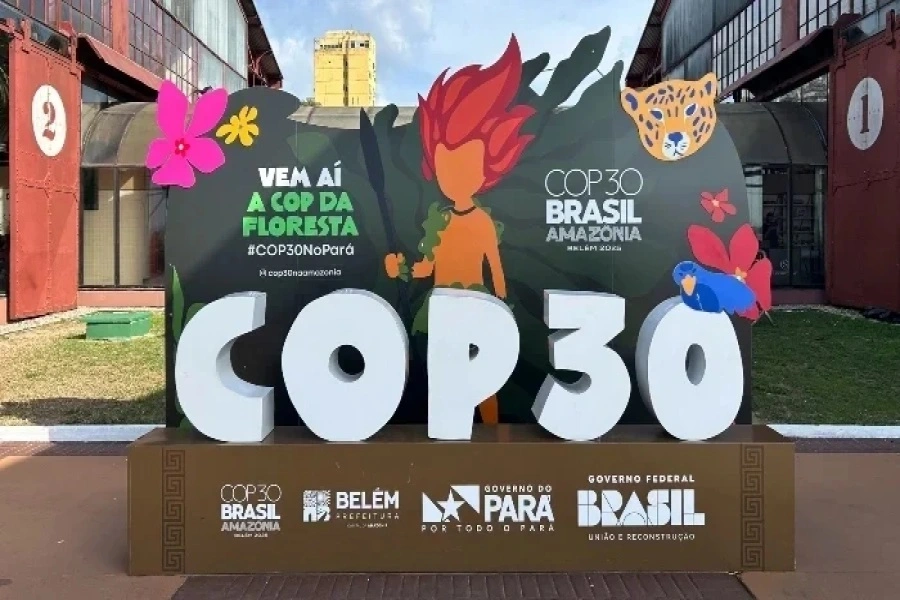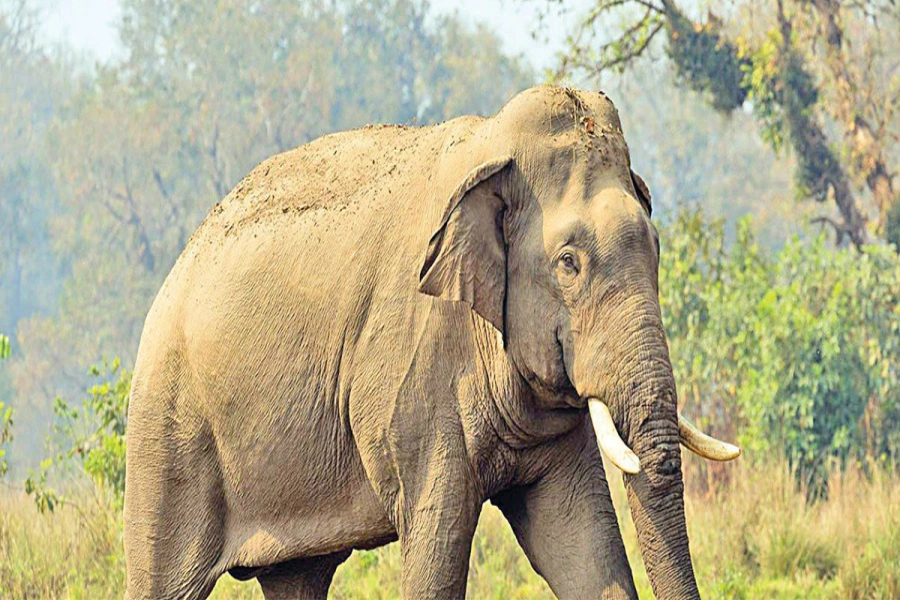Have you ever been lost to the wonder of nature, thinking about its origin, components, evolution, and of course its hidden mystery which are still to be unfolded? All the creations in this Earth are often so mysterious, some of which have been discovered and flashed out by scientists and researchers while most are still inside the womb of Mother Nature which are yet to be discovered and known by humans.
While focusing particularly on medical field, just think how our ancestors would have discovered the therapeutic effect of various plants. In present date, there are various advancement in medical fields to test the efficacy and healing properties of plants but back then there were no such facilities. Maybe back then since people were more connected with nature, they started taking visual cues from the nature and started incorporating them for their better health. Quite satisfying to our assumption is the concept of Doctrine of Signature.
The Doctrine of Signature is based on the philosophy where it is believed that nature gives us clues to help identify plants which help certain body parts based on the signatures such as shape, color and texture that serves as hints to treat the respective ailments. The concept is perhaps as old as the history of mankind but it is believed to have taken its name from book "The Signature of All Things" by Jacob Boehme. This is quite similar to the concept that "like-treats-like".
Balance in a turbulent world

In this modern era, with various advancement in the medical science, the doctrine of signatures is not taken quite seriously and considered as a pseudoscience. Many believe that it is nothing more than a "Placebo effect". However, various studies have often suggested the truthiness in many of the signature provided by the plants. The plants not only have the shocking similarities with the human organs but also have intrinsic relationship.
Some of the plants with similarities to human organs and their amazing properties are described below:
- Walnut – Walnut looks like our brain and also have a similar property like being a hard shell encasing a spongy soft substance. Even the wrinkles and lines on walnut look very similar to the neo-cortex of the brain. Surprisingly, the extremely high content of omega-3 along with Vitamin B9, Vitamin E and a bunch of antioxidants assist in developing neurotransmitters in brain and helps in improving cognitive function.
- Avocado – Avocado resemble uterus with its seed resembling fetus. It helps balance hormones and cervical cancer. It is rich in folic acid which also decreases the risk of uterine dysplasia. One of the shocking facts is that it also takes exactly nine months for avocado to develop from a blossom to mature fruits.
- Tomato – Tomato has 4 chambers and is red just like human heart. Tomato contains beta-carotene, folate, potassium, flavonoids which enhance cardiovascular health by reducing LDL cholesterol and blood pressure. The lycopene present in tomato also assist in reducing the risk of stroke.
- Carrot – The sliced carrots strikingly resemble with human eye. Carrots are loaded with beta-carotene which drastically reduce the risk of cataracts and macular degeneration. Carrot enhances blood flow to the eyes that aids in the vision improvement.
- Grapes – The bunch of grapes closely resemble the alveoli of our lungs. Regular consumption of grapes allow oxygen to [ass from lungs to bloodstream more efficiently and help reduce the risk of lung cancer and emphysema. Grape seed also contain chemical called proanthocyanidin which assist in asthma reduction.
- Ginger – Ginger is quite similar to human stomach. Ginger is well known for assisting in variety of stomach related issues such as gas, nausea, loss of appetite, etc. Bowel tumors are often said to be slowed down by ginger consumption.
- Celery – A bunch of celery looks quite similar to bone structure of human. Celery is packed full of sodium which bones require to grow strong. If the level of sodium goes down in the body, our body will recruit it from the bones making it weak and brittle.
- Kidney beans – As the name suggests they look like kidney. Kidney beans are excellent source of protein as well as soluble and insoluble fiber which helps to maintain healthy human function.
- Sweet potato – They look like pancreas. Pancreas is the important organ which regulate sugar level in the body. Sweet potato are high in beta- carotene which is a potent antioxidant that protects all tissues of the body including pancreas from damage associated with cancer or ageing. It also helps in balancing the Glycemic index of the diabetics.
- Beetroot – Beetroot juice resemble human blood. Studies have suggested that drinking beetroot juice helps reducing the blood pressure and risk of heart disease.
- Mushroom – Mushroom when cut in half, looks like human ears. Mushroom are a rich source of Vitamin D. Studies suggest that a diet rich in Vitamin D improve hearing.
- Onion- Onion resemble body cells. They have been proven to assist in clearing waste materials from our body cells.
- Citrus fruits – Citrus fruits such as grapefruit, lemon, orange resemble mammary gland. The high content of Vitamin C in citrus helps body to defend from carcinogens which attempts to mutate the cells within our body.
- Banana – When turned sideways, banana look like a smile. Bright colored fruit is believed to improve mood. Bananas contain tryptophan which converts to serotonin, a neurotransmitter, which is responsible for regulating moods thus helping us to feel good resulting in a smile. Banana also contain Vitamin B6 which helps the body to produce its own serotonin.
These are only some of the examples to show the relevancy of this concept. There are lot more remaining in the list.
Summing up, even though science have now taken a new turn being more advanced and developed than ever, this doctrine of signatures may once had provided impetus to the initial developing phase of medical science. We may take this as a clue that nature had sent us for making easier recognition of the valuable hidden properties of the resources.
Pratibha Baral is student of 7th semester at Institute of Agriculture and Animal Science, Paklihawa.





































-1765616104.webp)